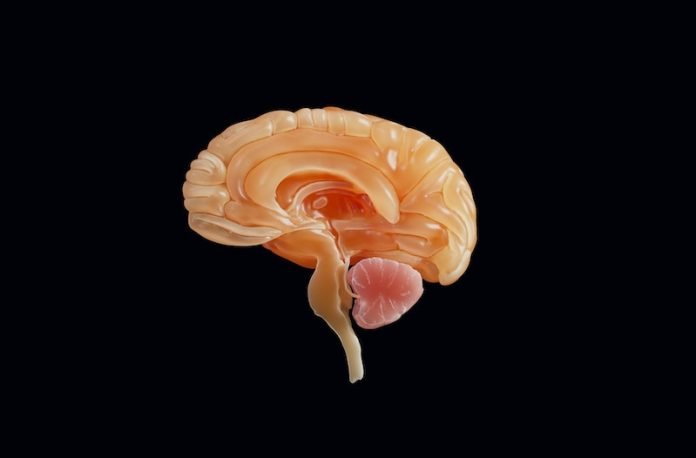
When we think of diseases like Alzheimer’s and Parkinson’s, we often imagine a loss of memory and motor skills, impacting millions of people and their loved ones globally.
These conditions are part of a family of brain diseases called tauopathies, characterized by twisted protein strands, or “tangles,” in the brain that damage nerve cells and lead to problems with learning, memory, and movement.
Scientists have been racing to find ways to prevent and treat these debilitating conditions, and recent research by Washington University School of Medicine in St. Louis has provided a beacon of hope, unveiling a crucial step in the development of harmful brain tangles.
The Hunt for Answers
At the heart of tauopathies lies a protein called tau, usually playing the role of a helpful builder, maintaining the structure of nerve cells in the brain.
However, in certain conditions, tau forms harmful tangles that damage brain tissue, leading to diseases like Alzheimer’s, the most common form of tauopathy, along with other less common conditions.
Celeste Karch, Ph.D., a professor of psychiatry, along with her team at Washington University School of Medicine, has been diving deep into understanding how these tangles form and figuring out ways to prevent them.
They believe stopping these tangles from forming could be the key to avoiding the severe brain damage and subsequent loss of cognitive and motor functions seen in tauopathies.
A Surprising Discovery
Dr. Reshma Bhagat, a postdoctoral researcher, decided to investigate molecules called long noncoding RNAs (lncRNAs), which are known to control various cell processes.
Scientists used to think these molecules weren’t very important, but recent studies have found that they can play a crucial role in many diseases.
The researchers used advanced techniques to convert skin cells from patients with tauopathies into brain neurons.
This way, they were able to study human brain cells with and without tau mutations without using actual human brain tissue.
They discovered one lncRNA, called SNHG8, present in lower levels in brain cells with tau mutations, in humans, mice, and various tauopathies.
This molecule, SNHG8, seemed to be involved in a process common to all tauopathies, making it a potential target for new treatments.
The Path Forward
This discovery about SNHG8 was more than just another piece of the puzzle. It was a revelation that provided a whole new perspective on tauopathies.
When SNHG8 levels were low, cells showed higher levels of structures called stress granules. These structures are like emergency shelters for cells under stress, rich in tau protein.
In normal conditions, they form and disintegrate as needed, but when there’s too many of them or they contain faulty tau, they can initiate the process of tau tangling.
By restoring the missing SNHG8, Bhagat managed to reduce the levels of stress granules in the cells.
This finding suggests that by targeting the process leading to the formation of stress granules, it may be possible to stop the development of tau tangles and the subsequent brain damage in tauopathies.
Conclusion
Alzheimer’s, Parkinson’s, and other tauopathies are diseases that cast a long shadow over the lives of patients and their families, bringing with them a loss of precious memories, abilities, and independence.
For a long time, the intricate processes leading to these conditions seemed like an unsolvable puzzle. However, the groundbreaking research by Washington University School of Medicine has unveiled new hope.
By identifying the role of SNHG8 in the formation of harmful tau tangles, researchers have opened up a new pathway for potential treatments.
The next steps will involve finding ways to increase SNHG8 levels and testing the effects in animal models of tauopathies.
While it’s just the beginning, this research offers a glimmer of hope to millions affected by these devastating conditions, bringing us closer to the day when the fear of losing oneself to these diseases could be a thing of the past.
The journey is long and filled with challenges, but each step forward is a stride towards a world free from the shadow of tauopathies.
If you care about brain health, please read studies about vitamin D deficiency linked to Alzheimer’s and vascular dementia, and extra-virgin olive oil could boost brain function.
For more information about brain health, please see recent studies about antioxidants that could help reduce dementia risk, and strawberries could help prevent Alzheimer’s disease.
The research findings can be found in Molecular Psychiatry.
Follow us on Twitter for more articles about this topic.
Copyright © 2023 Knowridge Science Report. All rights reserved.



